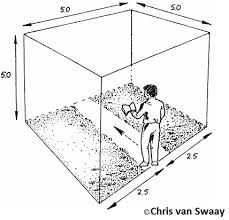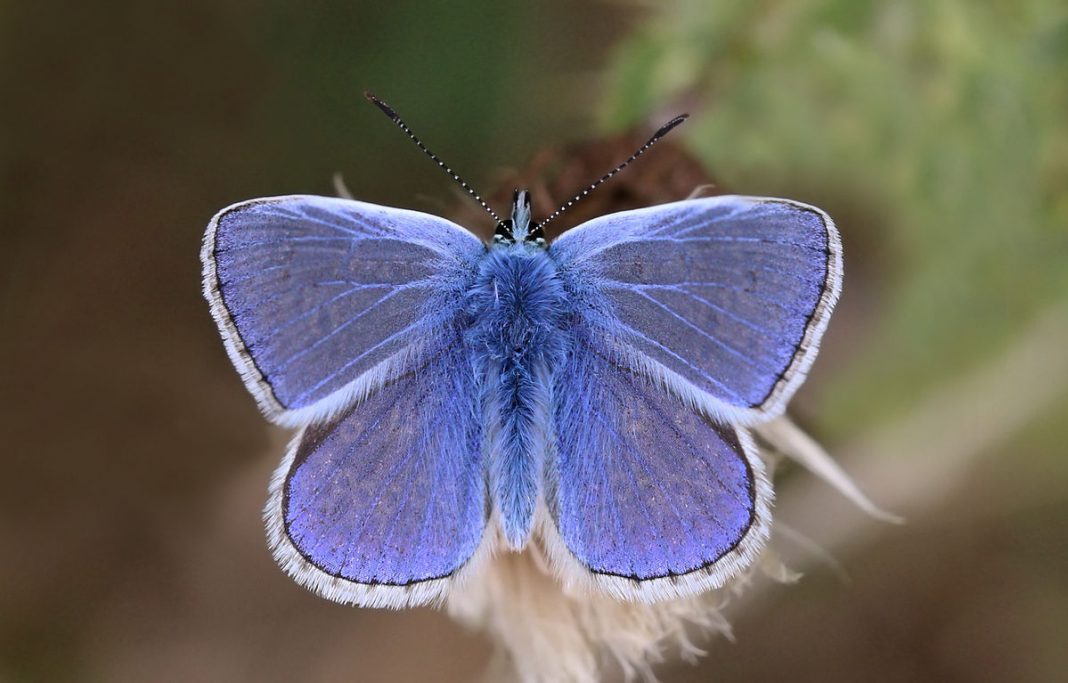Members of Iden and District Natural History Society heard a fascinating talk from Ernie Pollard at their AGM last Friday March 23. The systematic monitoring of the butterfly population was first developed in England only 50 years ago. Records of sightings had long been kept by ardent naturalists, but the gathering of data on a scientific basis, capable of replication across the UK, and indeed across the world had not been systematised before the 1960s.
In 1967, Ernie Pollard, now retired and living near Rye, was a warden at the Monks Wood Experimental Station in Cambridgeshire, close to the Monks Wood Nature Reserve. He had been studying chemical toxicity and the interaction between hedgerows and agricultural crops, with particular interest in crop fertilisation. There had been scientific studies earlier such as the Common Bird Census which started in 1962 and the Rothamsted Insect Survey from 1964, but the role of butterflies in pollination had not been well understood. This was the era of agricultural use of organophosphates and organochlorine poisoning, so vividly identified in Rachel Carson’s seminal work The Silent Spring (published in 1962). This book had enormous impact on environmental awareness, accusing the chemical industry and goverrnents of concealing the dangers of pesticides.

In 1973, Ernie Pollard introduced the systematic study of a defined woodland walk through Monks Wood, monitoring butterflies day by day from April to September, observing and counting everything within a notional five-metre cube, but ignoring whatever fluttered outside that space. The observations were compiled and recorded on a punch-card filing system (before computerisation). Data on weather conditions, seasonality and time of day were noted in a repeatable scientific exercise, permitting comparisons of numbers from year to year and with other sites. This developed in 1978 into a National Butterfly Monitoring Scheme, which became spread over 40 years into 2,500 sites in the UK and across Europe and beyond.
The talk was illustrated with images of many beautiful butterflies, some no longer seen in the UK, others subject to significant decline. Now retired, Ernie Pollard still records observations for his own interest as he walks regularly along Cadborough Cliff into Rye.
This was the final talk in the Society’s winter lecture series, which are held on the 2nd and 4th Friday of each month, September through to March.
Photos: Veryan Pollard and Chris van Swaay



